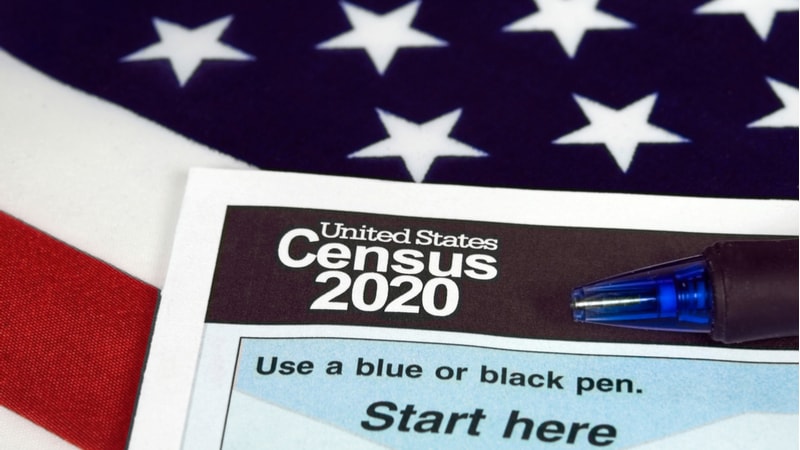
With the U.S. decennial census set to begin gathering data in one year, the focus on new technology involved in the effort is increasing, along with security questions. The coming census has a reference date of April 1, 2020.
“The Census planning effort from 2012 to 2017 was underfunded by the Congress, to the tune of $200 million, which caused the Census Bureau to prioritize, and the Bureau prioritized on automation,” said John Thompson, former director of the Census Bureau from 2013-2017, during a Brookings Institution event on Monday.
The Census Bureau aims to receive a majority of self-responses online, and in testing, the Bureau found that over 60 percent of self-respondents used the online option. Automation of processes, payroll, and route optimization has helped improve the cases handled per hour from 1.05 to 1.56.
However, with the effort to include more technology comes security concerns, especially in the wake of the 2016 election and attempts by foreign governments to influence its outcome.
“Every democratic institution that we have, from voting in our elections to the census, these are core democratic pillars that are vulnerable to being manipulated, both by folks within our country and clearly by folks outside,” Thompson said.
The cybersecurity of the decennial census has been of upmost importance to bureau, said Thompson.
“The Census Bureau works very hard at cybersecurity – they’ve been working at it all decade,” he said, noting that the bureau works with the Department of Homeland Security and the National Institute of Standards and Technology to ensure “state-of-the-art” protection.

“There are tables that have been formed with tech companies to do scenario planning on some of the security issues and concerns about disinformation,” said Vanita Gupta, president of the Leadership Conference on Civil & Human Rights, and previously head of the Civil Rights Division in the Department of Justice. “Right now, there is an acute sense that everything needs to be done to prepare against that, and to make sure the infrastructure is secure.”
Panelists also discussed the need for alternatives to technology – an important aspect of counting those who may be underrepresented in the census. The discussion also turned to the need to clearly communicate the anonymous nature of census data, and to prevent concerns about law enforcement activities, especially with the possibility of a new question on the census about citizenship.
